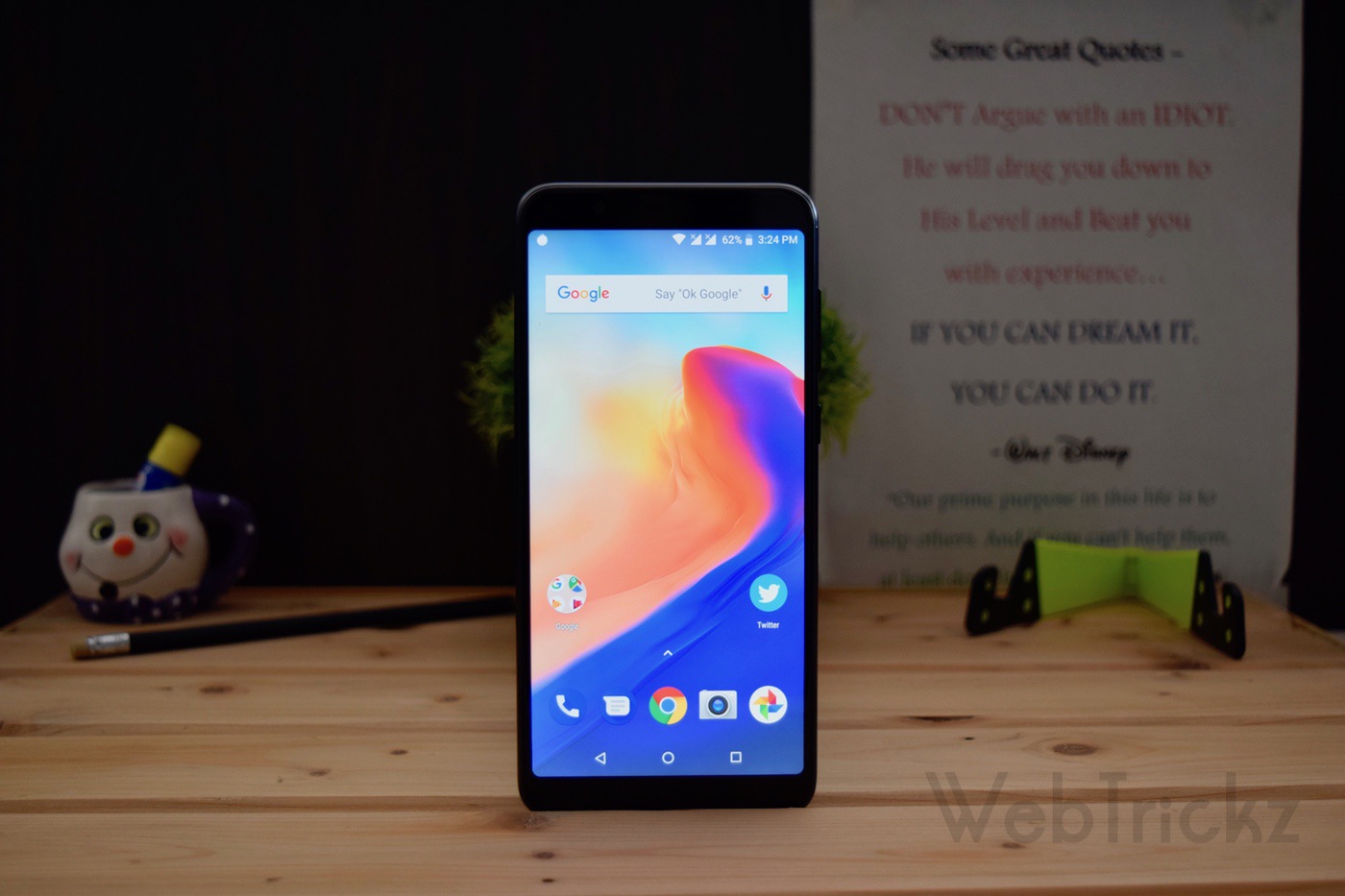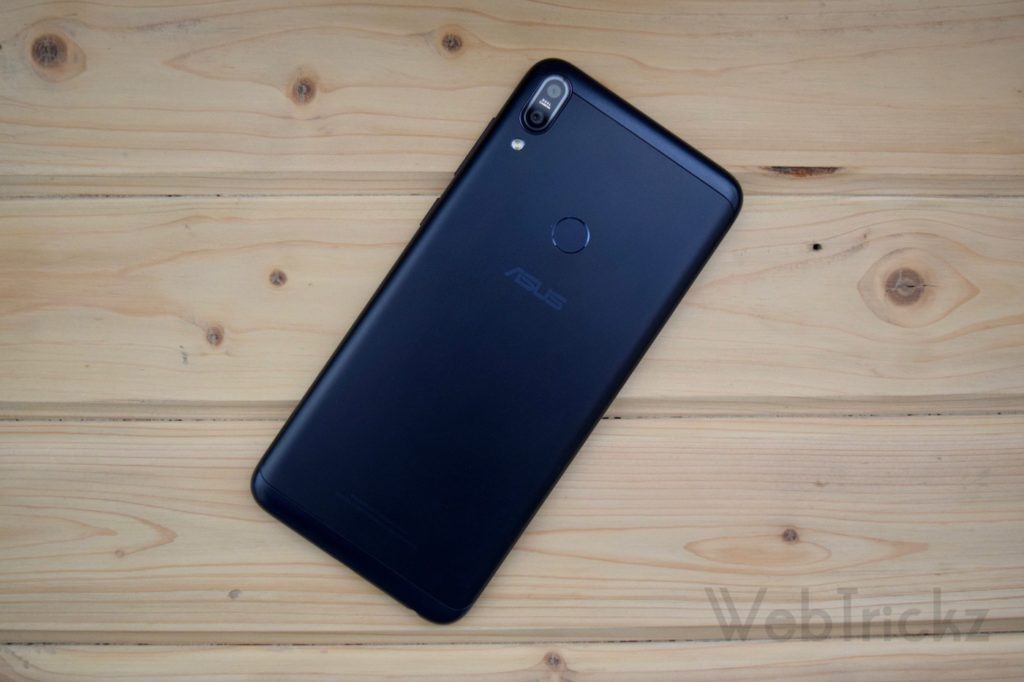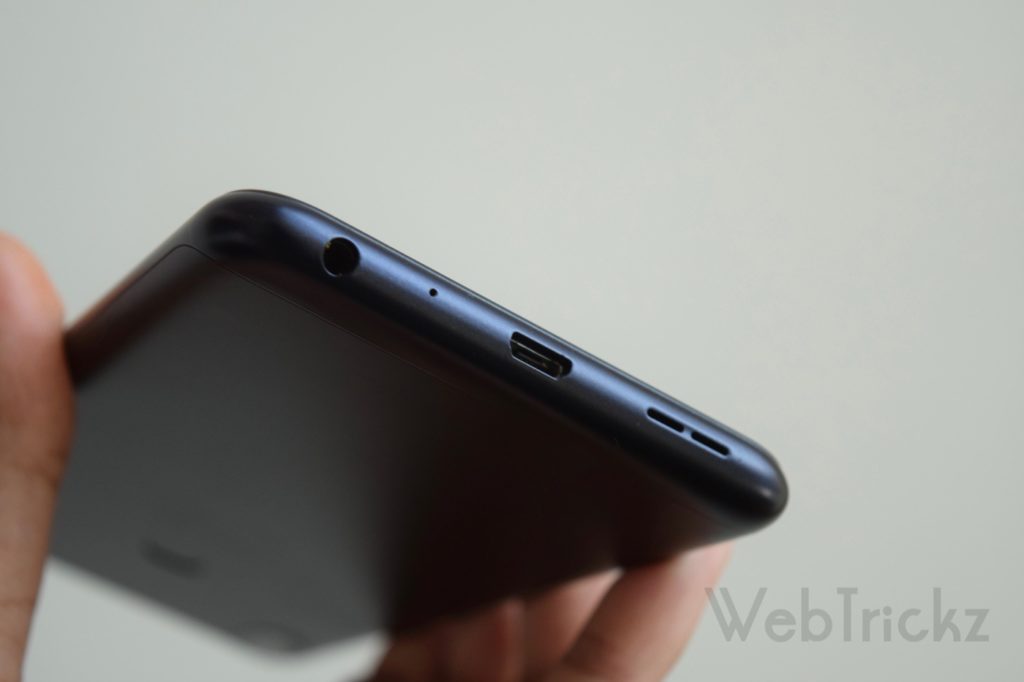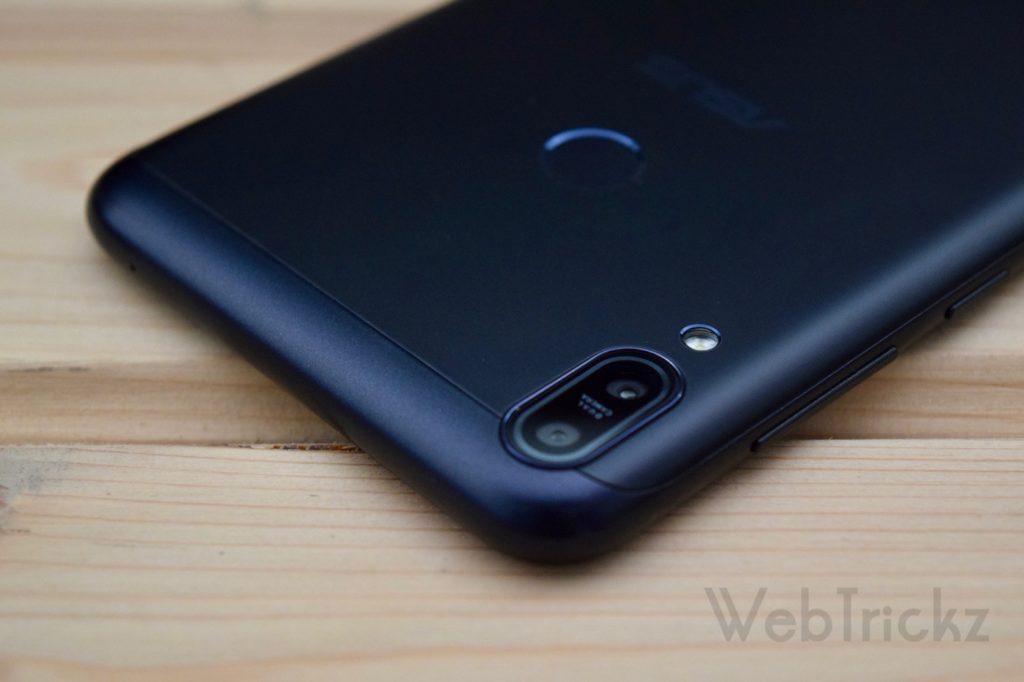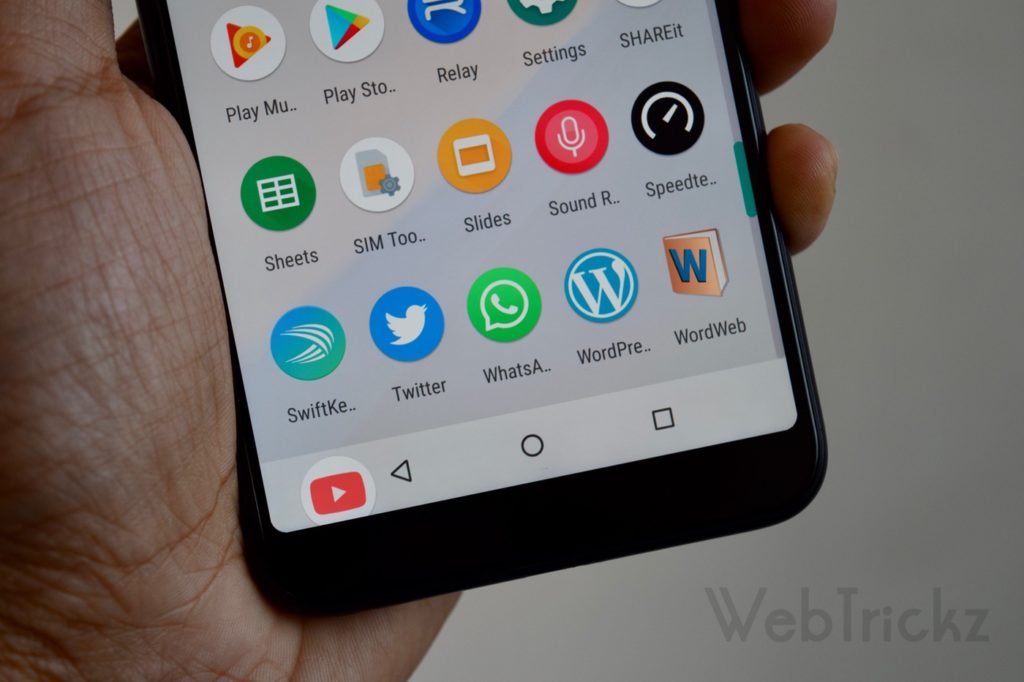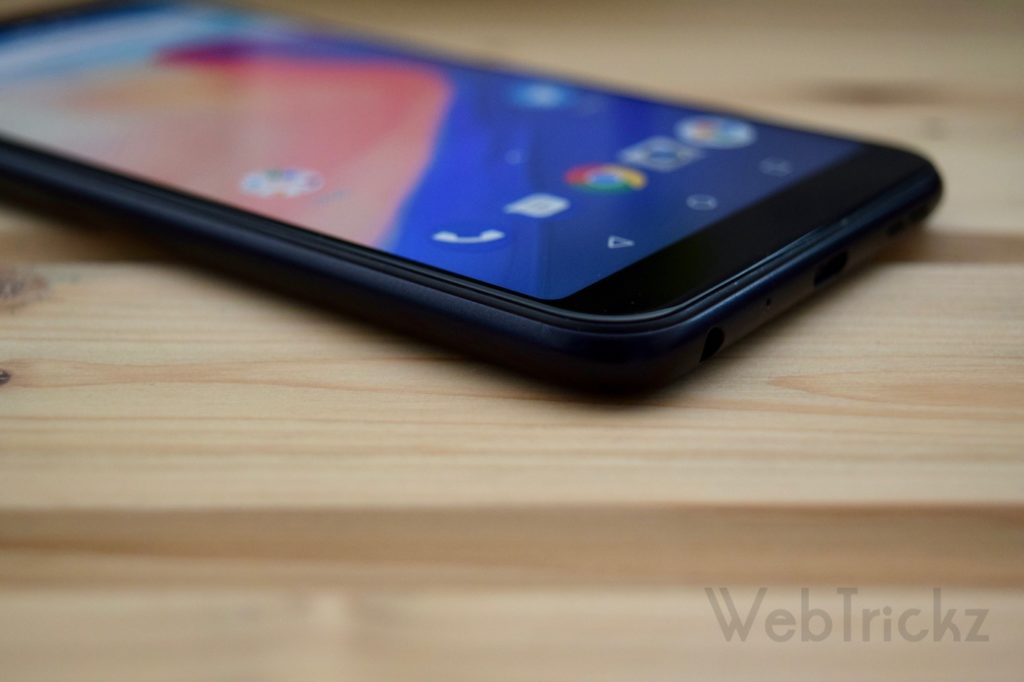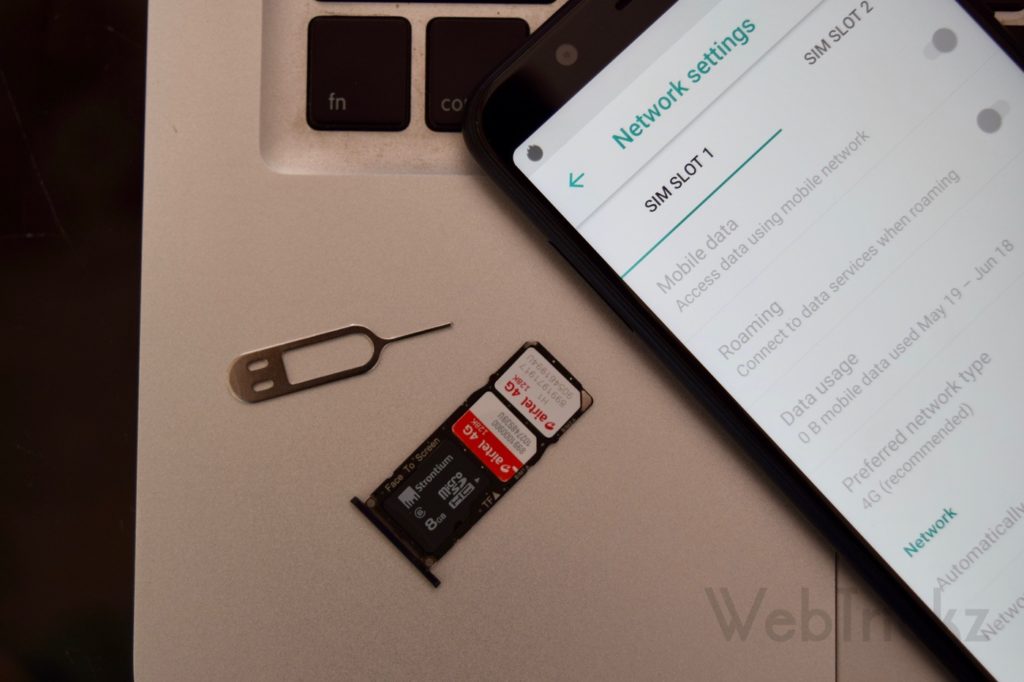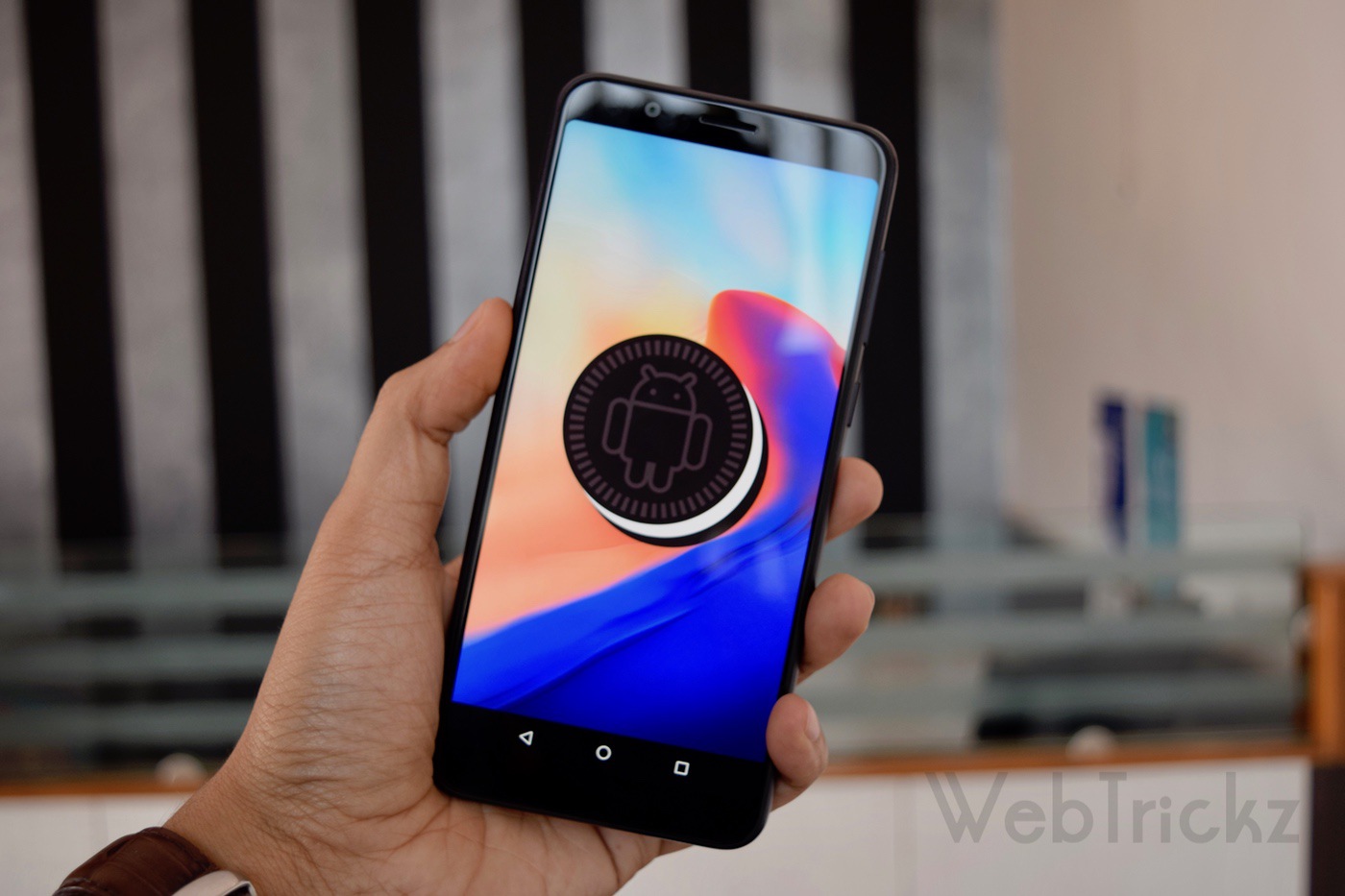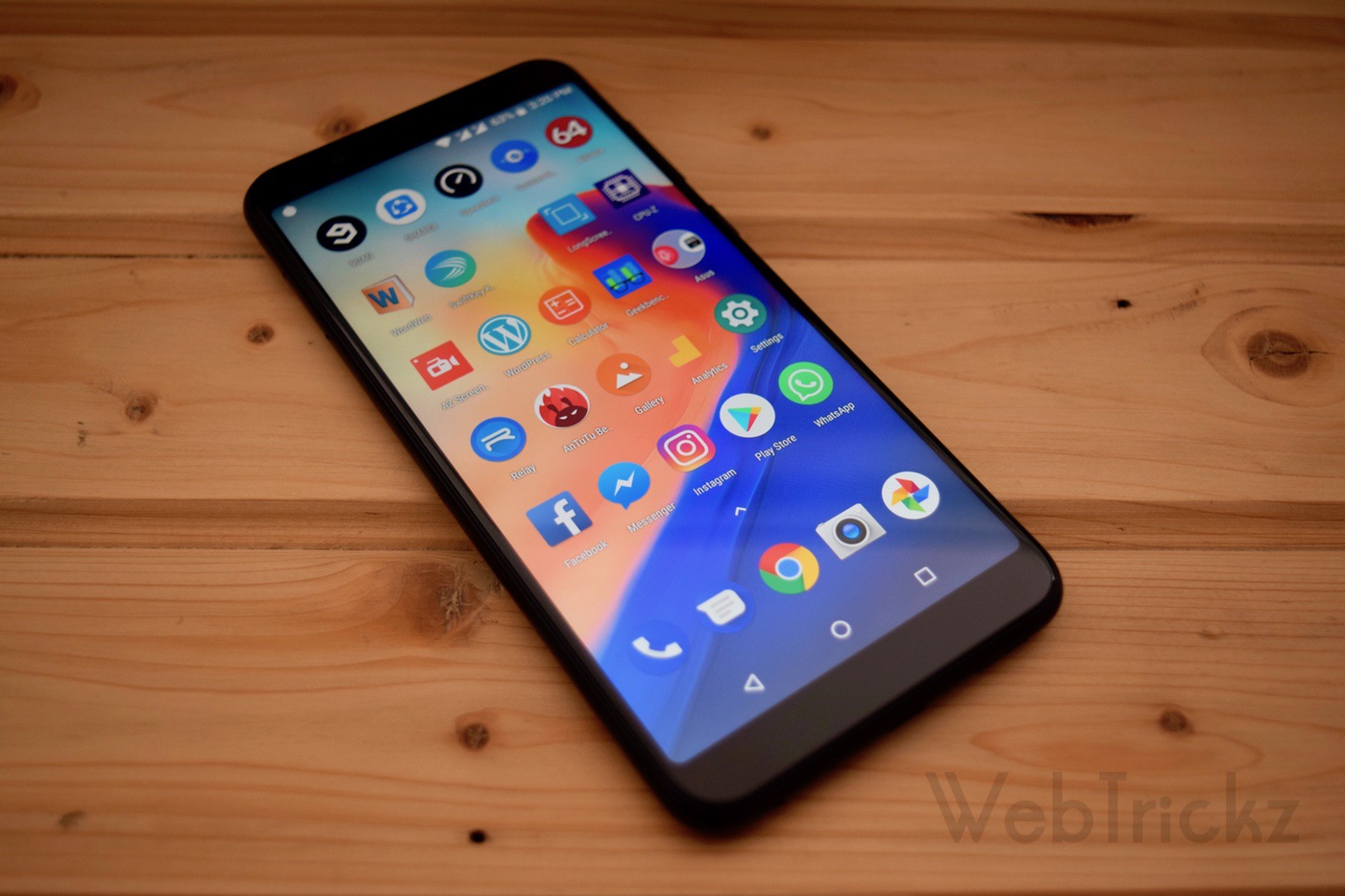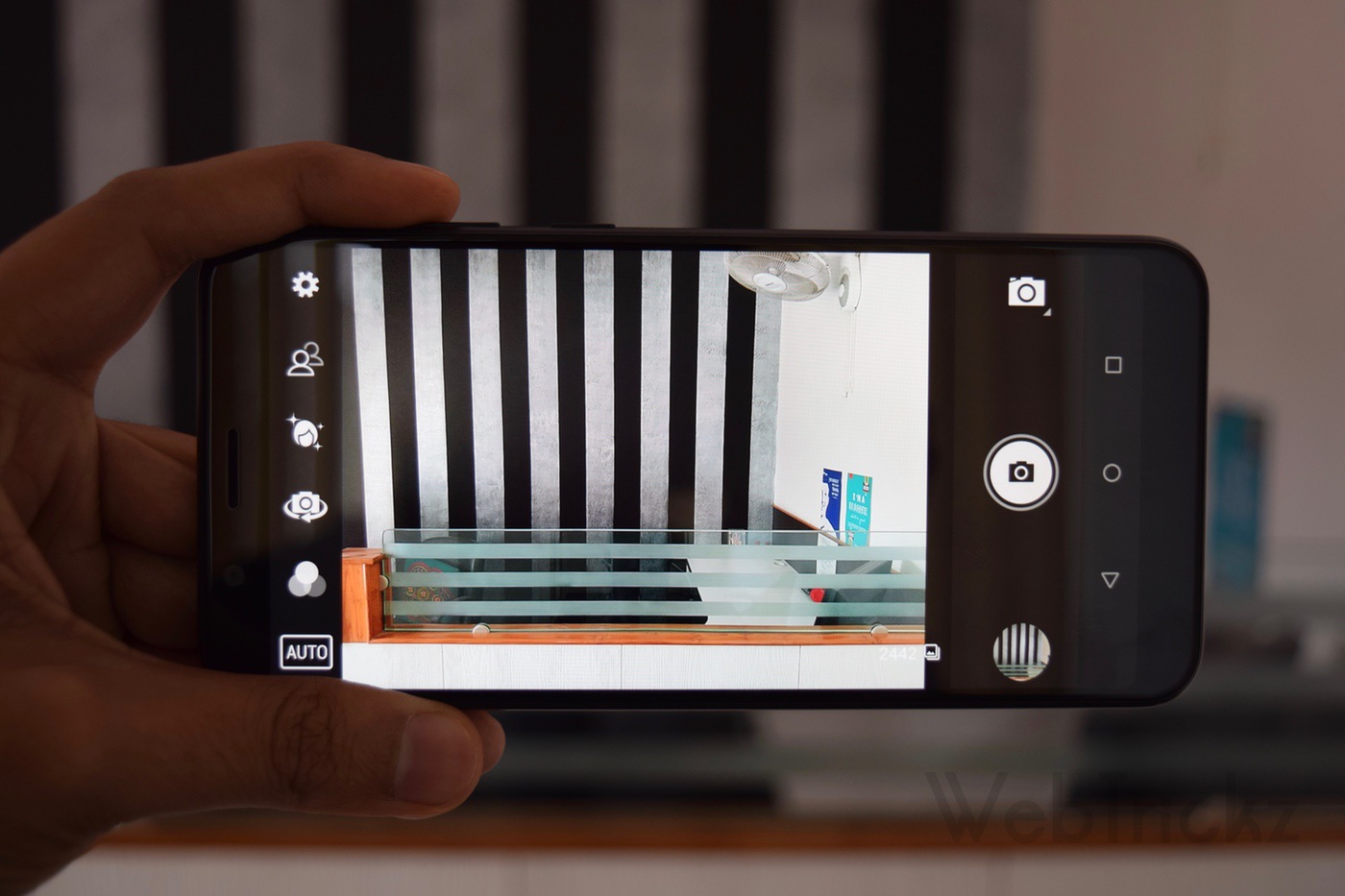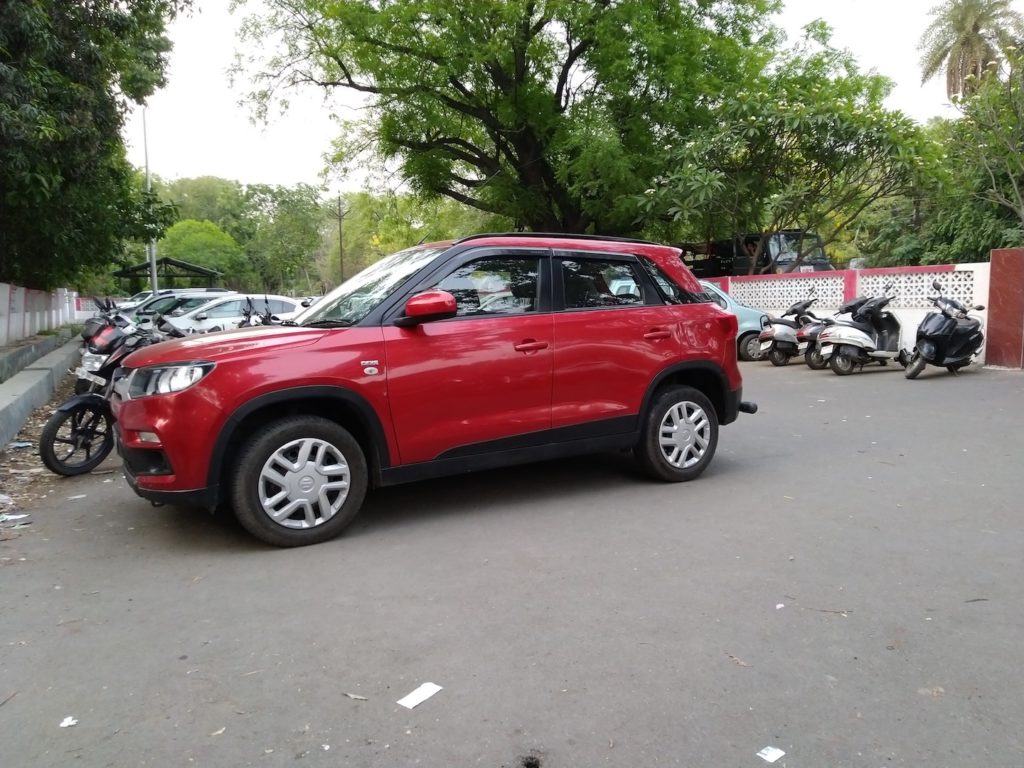The sub-Rs.15,000 smartphone segment is certainly the most competitive in India, dominated by the likes of Chinese brands such as Xiaomi. The Taiwanese smartphone maker Asus also had a couple of offerings in the certain mid-range segment, including Zenfone 4 Selfie, Zenfone 3s Max, Zenfone 3 Max, and Zenfone Live. However, none of these devices could challenge the other horses in the race and weren’t well-received by the general buyers. At the same time, the premium Zenfone 3 range of devices packed a punch up its sleeve but were priced steeply. This made them a not-so-desirable choice against the similarly priced offerings from Samsung, OnePlus, Motorola, Google Pixel, and even the iPhone.
With Zenfone Max Pro M1, Asus has made a comeback with a big bang! This is probably the first time when an Asus phone has been greeted with all the bells and whistles. Having Xiaomi’s best-selling smartphone – Redmi Note 5 Pro, as the prime competitor makes it one of the ‘talk of the town‘ devices. And that’s not due to some magic or luck factor, but rather a correct strategy that Asus has adopted this time around. Asus has a winner with the Zenfone Max Pro M1 which is currently tasting the kind of success Xiaomi has with its Redmi Note lineup. Even after several sales, the M1 is uneasy to grab because the device goes out of stock within a few seconds of its sale at Flipkart.
Having said that, Asus officially tags the M1 as an ‘Unbeatable Performer’ while most others perceive it as a Redmi Note 5 Pro killer. With even more exciting options available in likewise price range such as the Huawei Honor P9 Lite and Realme 1, it would be a tough call for buyers to choose one of the best. Hence, we hope our detailed review of Zenfone Max Pro makes the job easier and can help you in making your purchase decision. Without further ado, let’s find out if the M1 holds up to the hype or not.
Build and Design
Asus has evolved the design of Zenfone Max Pro to match up with the current standards. There is an 18:9 display upfront that makes for narrow bezels around the display and fits a bigger screen in a relatively smaller form factor. Though you won’t find the trending notch and we have no complaints. The rear-facing fingerprint sensor is no longer rectangular-shaped but a circular one similar to the Zenfone 5 that is easy to reach. The sensor doesn’t recognize fingerprints with wet or greasy fingers.
Speaking of build, the device is made of good-quality polycarbonate and features a metal back. The power and volume buttons are made of plastic too which offers good tactile feedback. Thanks to rounded corners and curved edges across the back, the phone is comfortable to hold. The smooth matte finish feels nice but the metal back makes it pretty slippery and quite prone to smudges. Weighing at 180g, the handset does feel quite heavy but a 5000mAh battery underneath compensates for that. The device doesn’t come with Gorilla Glass protection, however, Asus has reportedly used a high-quality glass that’s durable enough.
To offer more screen estate in a compact body, the phone uses on-screen keys for navigation. A notification LED is also included on the front top. The top side is bare while the micro USB charging port, speaker grill, and headphone jack reside at the bottom. Sadly, the M1 doesn’t come with a Type-C port. The left side houses a Triple card tray that accepts two nano-SIMs and a microSD card simultaneously. Moving to the back, the top and bottom coverings hide the reception bands while the fingerprint sensor sits in the middle followed by a subtle Asus branding. The dual-camera module is vertically positioned in the top left and sits flush with the body.
The Zenfone Max Pro comes in Gray and Deepsea Black. Our review unit is a black one but it looks more like a dark navy blue colour tone rather than pure black. We find it elegant though. The box contents include a 10W charger, a USB cable, and a Max Box. The Max Box turns into a foldable stand and amplifies the sound of the speaker. There is no screen protector or case bundled in case you’re wondering.
Overall, the M1 is a beautiful and well-built device given the price.
Display
The M1 sports a 5.99-inch Full HD+ IPS display with an 18:9 aspect ratio and a resolution of 2160×1080 pixels. The display is covered with 2.5D curved glass. Speaking of the display, it’s said to have a 1500:1 contrast ratio, 85% NTSC color gamut, and 450 nits of brightness. In real-life usage, the display looks very bright and crisp, and sunlight legibility is reasonably good. The colors look natural and vibrant, plus we didn’t notice any issue with viewing angles. The touch is pretty responsive as well. The phone also includes a Night mode and one can set the color temperature to a cooler or warmer tone in Settings.
Software
It’s surprising to see the Zenfone Max Pro running stock Android 8.1 Oreo out of the box in favor of its own custom ZenUI that packs tons of customization options. Perhaps, the M1 is Asus’ first phone to run on stock Android, and boy we do love it. That’s because we felt ZenUI was way cluttered and came with a lot of unwanted stuff. However, a small amount of bloatware still exists in the form of pre-installed apps such as Facebook, Messenger, Instagram, and Go2Pay that can’t be uninstalled. A few Asus apps like Calculator, FM Radio, and Sound Recorder are also included. Asus hasn’t refrained from adding ZenMotion gestures such as double tap to wake up and draw letters on the screen to launch certain apps.
In terms of software experience, we found the UI to be clean but there were occasional lags that we didn’t expect. This has more or less to do with the software that still needs polishing including the camera app. One shouldn’t worry about updates as Asus intends to provide updates till Android Q and considering their record, you can at least expect Android P on M1.
Performance
The Zenfone Max Pro is powered by a Qualcomm Snapdragon 636 Octa-core processor, one of the best chipsets for mid-range devices that also powers the Redmi Note 5 Pro. The graphics are handled by Adreno 509 GPU. This is coupled with 3GB of RAM and 32GB of storage (the variant reviewed by us). There is a 4GB RAM variant as well with 64GB storage and you can further expand the storage up to 2TB using a dedicated microSD card. Sensors onboard include an accelerator, gyroscope, e-compass, proximity sensor, ambient light sensor, and fingerprint sensor. For connectivity needs, the phone offers Dual 4G VoLTE support, Wi-Fi 802.11 b/g/n, GPS, Bluetooth 5.0, and USB OTG.
Talking about actual performance, the UI is snappy and the apps run smoothly without any hiccups. However, we did notice occasional lags and the software optimization seems the reason. The apps might also take a bit longer than usual to load when several apps are running in the background. So better opt for the higher RAM variant if you’re a power user. Watching videos and playing games on the Full View screen was an impressive affair. The device is great for entertainment purposes and you can play high-end gaming titles without worrying about stutters or overheating issues.
The M1 doesn’t disappoint in benchmark scores either and you won’t find such high scores from devices other than Redmi Note 5 Pro in this price range. The device scored 111774 points in Antutu whereas, in Geekbench 4.2 it scored 1334 points in single-core and 4550 points in the multi-core test.
Despite having a fingerprint sensor, the M1 features Face Unlock which is the new trend besides notch. The facial recognition, however, is very iffy and barely works even in good lighting conditions. The fingerprint sensor, on the other hand, is fairly accurate but takes a bit longer to unlock. Most of the time we had to rest the finger on the sensor before the device got unlocked.
The bottom-firing speaker produces a reasonably loud sound but the audio tends to distort at high volume. The bundled cardboard Max Box slightly amplifies the sound output and doubles up as a stand to place the phone in portrait orientation. The call quality is good and we did not face any signal reception issues.
Camera
The dual-camera setup at the back is now commonly seen on mid-range smartphones and the Zenfone Max Pro is no exception. There is a 13MP primary sensor along with a 5MP depth sensor at the back to aid bokeh shots. On the front, you get an f/2.2 8MP camera for selfies. Speaking of the camera app, it bears a stone age UI and looks like an amalgamation of settings and modes from different camera apps. The app is snappy though and is quick to focus but Asus really needs to improve it.
Speaking of photo quality, we found it to be lackluster at least with the stock camera app. The photos captured in different lighting conditions including daylight exhibited a lack of details even with the slightest zoom. The color tone, however, looked natural yet vibrant without any oversaturation. Close-up shots, on the other hand, came good with adequate details. In low-light situations such as evening, the camera turns fragile as the photos taken with very stable hands often come out blurry and the colors look totally off. The depth effect produces decent shots with a soft blur background but at times it mistakes portions of the subject as foreground thereby blurring it too.
The front-facing 8MP shooter is below par in terms of overall quality. The selfies taken in well-lit conditions weren’t that sharp and missed out on details. The colors also often looked slightly washed out while those captured in low light were pretty grainy.
We feel the stock camera app is to blame which results in poor performance. Perhaps, the modded Google camera rather does justice to the camera hardware of this phone. To see for yourself, look no further than this video which compares the camera samples from both the stock and Google camera (GCam). In case you prefer using GCam then you need to unlock the bootloader and root the phone, after that, you need to enable ‘camera 2 api’ and install the GCam app.
Zenfone Max Pro Camera Samples
Tip: View the above camera samples in their original size on Google Drive
Battery Life
The massive battery has always been the key highlight of the Asus Zenfone Max series. The M1 continues the trend by packing a 5000mAh battery which now supports fast charging. The battery life, however, turned out to be underwhelming in real-life usage which we didn’t expect. Though the device can easily last an entire day of heavy usage, we expect a longer runtime considering its large capacity.
When fully charged, users with a moderate usage pattern can expect two days of runtime without the need to charge. While those with heavy usage involving 4G data, video streaming, continuous access to social media apps, gaming, etc. can run out of juice within 30 hours (including overnight) with a screen-on time of about 8 hours. At the same time, the Redmi Note 5 Pro delivers relatively better results despite having a smaller 4000mAh battery.
The bundled 10W charger charges the device from 0 to 48 percent in about 40 minutes and up to 86 percent in 2 hours with the device powered on. This is not bad considering the size of the battery but it does get pretty warm while charging. We are not sure if the phone supports reverse charging like previous models and that is something Asus hasn’t advertised.
Conclusion
With a starting price of Rs. 10,999, the Asus Zenfone Max Pro is certainly one of the best smartphones on a budget. The M1 offers the best value for money and has a slight edge over its one and only competitor – Redmi Note 5 Pro, at least for now. Though both the devices house the same chipset, the Zenfone Max Pro comes with a bigger battery, a dedicated microSD card slot, stock Android, and a relatively lower price (for the 4GB + 64GB variant that is available for Rs. 12,999). Above that, Asus has readily released the kernel source code and official bootloader unlocking app for the M1 (ZB601KL).
That said, the device does have a few shortcomings, the major ones being the poor camera app interface, underwhelming battery life, slow fingerprint sensor, and iffy face unlock. Fortunately, these aren’t a big concern and most of them could be fixed via software updates. The camera app also needs an overhaul before it could churn out promising results. Summing up, it is safe to say that Asus has a clear winner in the mid-range smartphone battle with the Zenfone Max Pro.
| Pros | Cons |
| Solid build and design | The camera app needs improvement |
| Runs on stock Android | Inconsistent face unlock |
| Impressive display | The fingerprint sensor isn’t fast |
| Smooth performance | Relatively less battery life |
| Reasonably priced | Average selfie camera |


